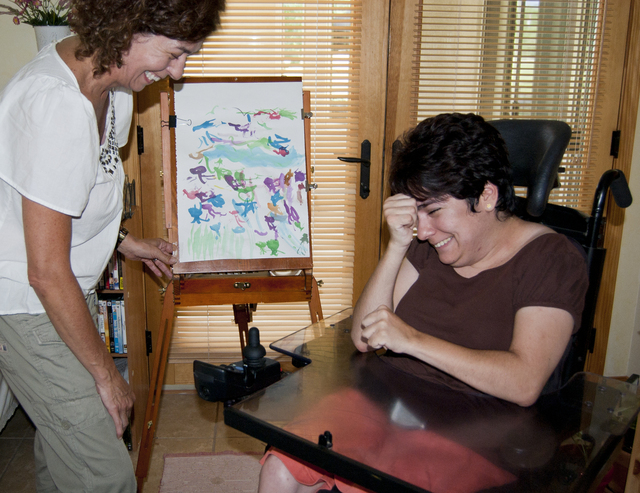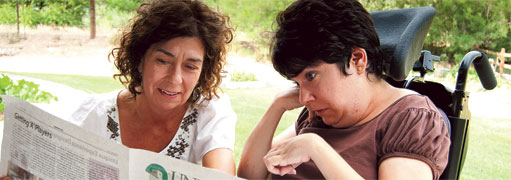Major Changes Loom For The Developmentally Disabled


“A disability is a lifetime of conditions,” says June Montoya (left). The state’s proposed cuts to therapeutic services “make it sound like Jenna would grow to get over her disability.”
Margaret Wright





